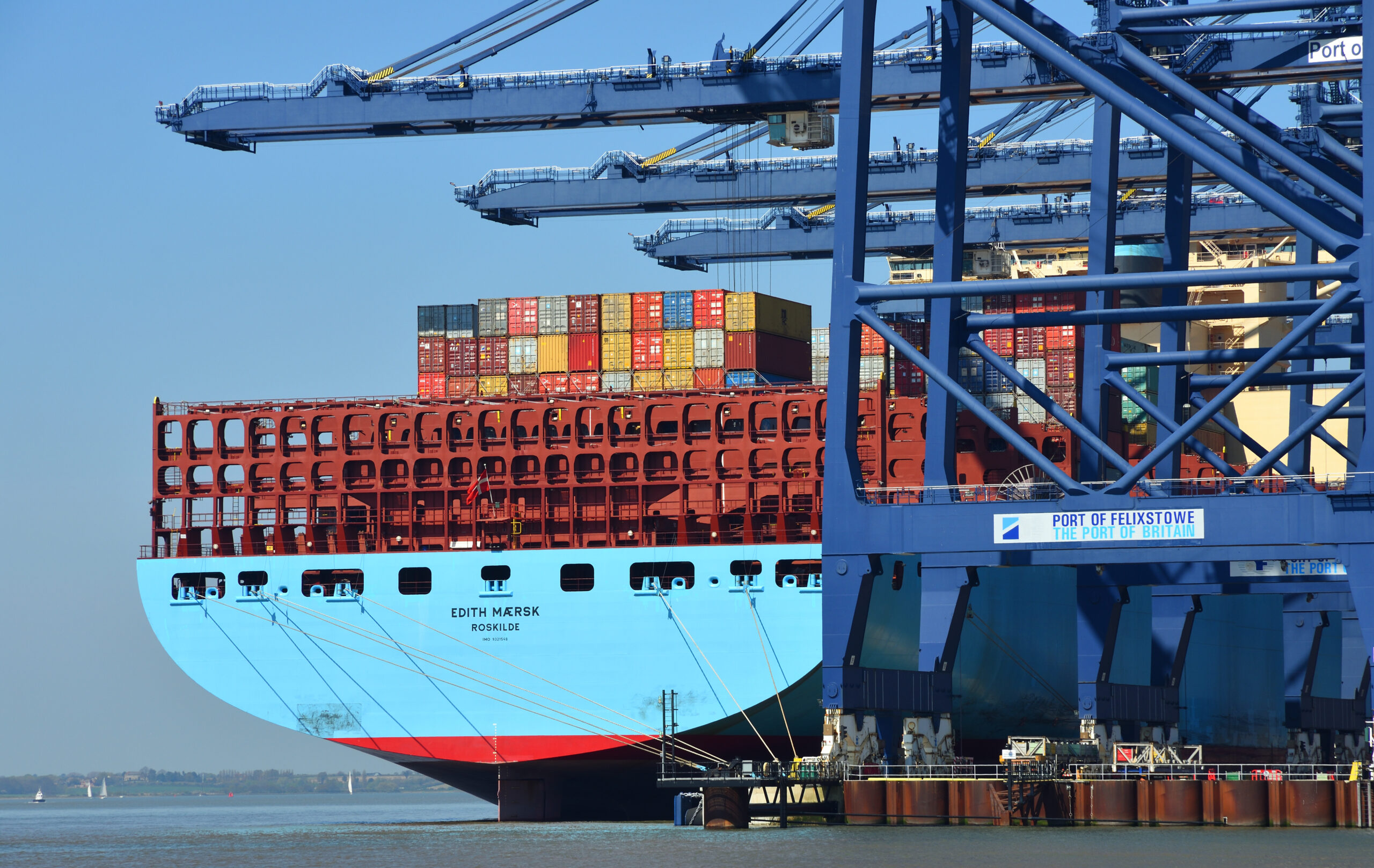The global push for maritime decarbonisation hinges on the large-scale adoption of alternative fuels. Among the most promising of these is e-ammonia, a zero-emission fuel synthesised using renewable electricity. A study published this week by UMAS and UCL Energy Institute’s Shipping and Oceans Research Group has found that the capital cost differential between developed and developing economies risks derailing the global rollout of e-ammonia production.
Despite possessing some of the world’s most abundant renewable energy resources, developing nations face significant disadvantages when it comes to financing e-fuel production, the study finds. Higher borrowing costs, limited access to investment, and perceptions of downside economic risk mean that even countries with abundant solar and wind resources may struggle to produce e-ammonia competitively.
By contrast, capital-abundant regions, such as Australia, benefit from lower financing costs and are well-positioned to dominate the emerging e-fuels market. Without intervention, the authors argue, the current situation risks entrenching existing inequalities in the global energy transition. This is evidenced by the disparity in the cost of capital for renewable fuel projects between developed and developing economies.
The Weighted Average Cost of Capital (WACC) for e-ammonia projects in Australia is below 5%, whereas for comparable projects in Brazil and India WACC rates are 8-10%. In Africa, WACC can in some cases be as high as 20%. This financial burden entails that, even with favourable conditions for renewable energy production, e-ammonia projects in these regions require offtake prices that are up to 80% higher than those of equivalent projects in Australia.
The report contends that this cost differential risks effectively barring developing nations from participating in the production of the next generation of maritime fuels, while also restricting global renewable bunker supply. This outcome, it suggests, would run counter to the International Maritime Organization’s (IMO) stated goal of achieving a ‘just and equitable transition’.
To achieve the IMO’s decarbonisation targets, the shipping industry will need to secure 200-300 million tonnes of zero-emission fuels by the 2040s. This will require approximately US$1.6 trillion in land-side investment, US$400 billion of which will need to have been secured by 2030. If financial disparities in global capital markets are not addressed, most of this investment will be concentrated in capital-rich economies and will exclude many developing nations.
Current IMO policies are structured to incentivise e-fuel production through subsidies and revenue mechanisms that are ‘equity-blind’. These mechanisms, the report finds, inadequately account for the structural financial disadvantages that developing economies experience. As a result, this approach leads to an investment flow that favours developed economies, and risks reinforcing the disparities that a ‘just transition’ aims to mitigate.
To address this imbalance, UMAS and UCL researchers propose targeted financial interventions, including grant funding and concessional finance, to offset the higher cost of capital in developing economies. By incorporating such mechanisms into IMO’s mid-term measures, the maritime sector can ensure a more equitable distribution of investment in e-fuel production. Preliminary estimates suggest that approximately US$50 billion in additional funding would be required to achieve a level playing field.
The findings of the report come in the weeks leading up to the meeting of the IMO’s Marine Environmental Protection Committee (MEPC 83) in April, where the mid-term greenhouse gas (GHG) reduction measures will be negotiated. The authors aim to add to these discussions a sense that the failure to integrate equity-focused mechanisms into decarbonisation strategy could result in undermining the environmental and economic pillars of the maritime energy transition.



